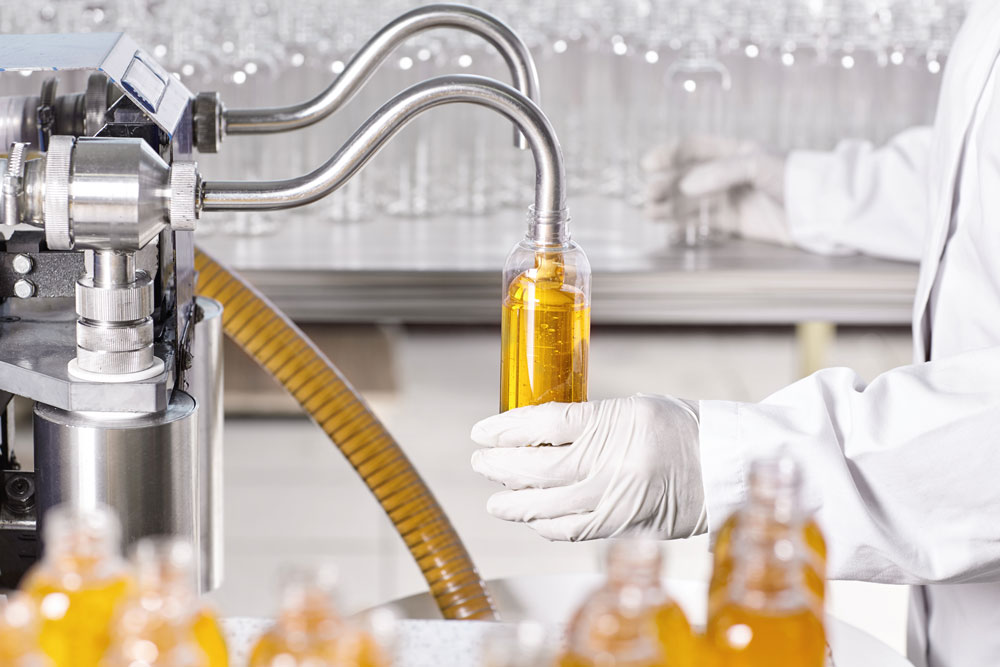Arthrospira is a blue-green algae or cyanobacteria including approximately 15 different species (Habib et al., 2016). This microorganism had played an important role as a source of nutrients over the centuries in America (during the pre-Hispanic stages, when A. platensis was considered a staple and the basis of ancient aquaculture), Africa (where it was also harvested from natural water reservoirs) and currently in Asia (Habib et al., 2016; Spolaore et al., 2006). At present, the utilization of A. platensis continues to expand as a new raw material for the extraction of antioxidants, colorants, and pharmaceuticals (Spolaore et al., 2006; Ciferri, 1983; Mendes et al., 2006; Sekar & Chandramohan, 2007; Herrera Bravo de Laguna et al., 2015).
Arthrospira platensis has the capacity to grow in saline or freshwater ponds or lakes depicting dual physicochemical characteristics. Arthrospira platensis is a cyanobacteria containing from 600 to 710 g kg−1 protein dry weight (DW). It also contains carbohydrates (130–160 g kg−1 DW), vitamins, unsaturated fatty acids, chlorophylls, 𝛽-carotene, and other microelements (Becker, 2007). Compared with other microorganisms, its lipid content is relatively low, with a mean of 65.0 g kg−1 DW (Spolaore et al., 2006). The nutritional value of microalgae species can be limited because the cellulose-rich cell wall (approximately 10% of the cell) decreases their digestibility. However, the A. platensis cell wall also contains glucosamine and muramic acid associated with peptides that allow easy digestion and fast assimilation when used as a food source (Becker, 2007).

Hence, the use of A. platensis as a food ingredient has been studied previously. Habib et al. described the addition of A. platensis in a variety of commercial foods, such as soups, sauces, pasta, snacks, and instant drinks. However, despite these efforts, the current use of A. platensis as food, food substitute, or ingredient is limited due to its ‘slightly’ fishy odor and comparatively higher production cost than other protein sources (Becker, 2007). The characteristic fish smell has been reported as a mixture of several compounds generated during food storage through bacterial breakdown of amino acids and other bioavailable compounds (Högnadóttir, 2016). The fish flavor and smell are also associated with volatile compounds such as 6-, 8- and 9-carbon aldehydes, ketones, and alcohols derived mainly from the oxidation of unsaturated fatty acids catalyzed by lipoxygenases (Fink, 2007).
According to Watson, algal volatile organic compounds (AVOCs) are formed in response to environmental conditions. Therefore, the production of AVOCs might not be the same among algae species due to different metabolic pathways and precursors. For the specific case of cyanobacteria, the major AVOCs are derived from terpenoids, polyunsaturated fatty acid (PUFA), and sulfur compounds (Watson, 2003).

The detection of volatile compounds in cyanobacteria has been assayed by gas chromatography-mass spectroscopy (GC-MS), GC-olfactory methods (Högnadóttir, 2016; Zhang & Li, 2010), and headspace solid-phase microextraction (HS-SPME) (Fujise et al., 2010; Arii et al., 2015). However, a limited number of studies have described the presence of AVOCs from Arthrospira extracts. Ramasamy and Gopalakrishnan reported a mixture of hydrocarbons, ketones, PUFAs, and alcohols in the biomass, whereas Ozdemir et al. described the antibacterial activity of the algae methanol-based extracts.
Few studies have been made regarding removing odoriferous compounds from Arthrospira. These techniques have used heating, fermentation, or vacuum, which are resource-intensive procedures known to affect protein functionality (Linming & Li, 2003). Given the importance of A. platensis as a potential protein food source, the present study aimed to achieve an affordable deodorization process based on using three different solvent systems (ethanol, hexane, or acetone) that did not affect the nutritional value of the biomass. Therefore, we investigated the effects of the extraction processes on biomass compositions and nutritional profiles to select those that are the most suitable for food applications. The AVOC characterization of extracts was also performed to identify the main A. platensis odoriferous compounds.
Do you want to know more about our study? Click Here!


